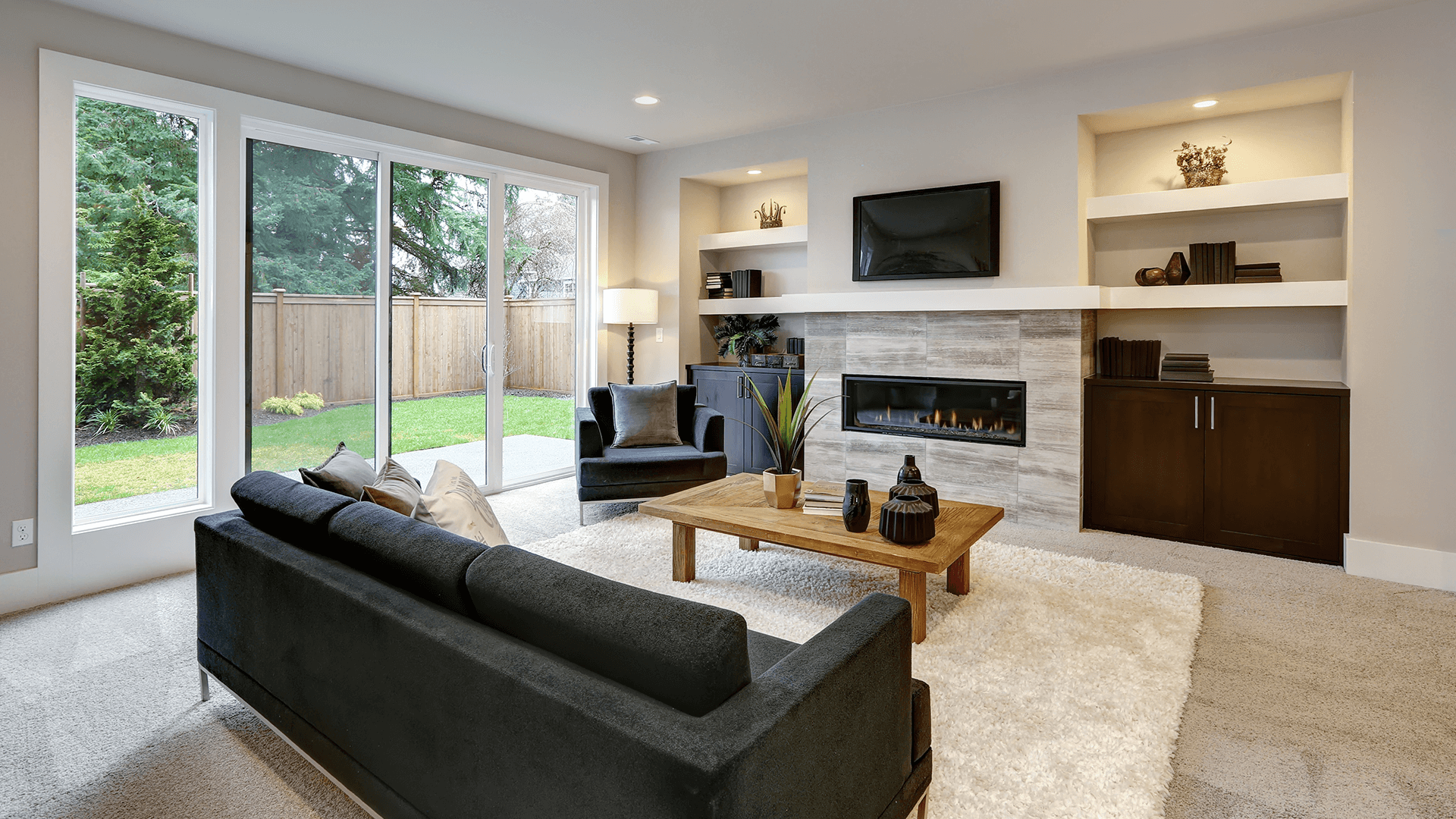time to plan
Registered User
- Messages
- 910
Does anyone have an idea of how problem might be partially alleviated by a move towards modular housing construction?
Then it may be relevant to this thread. Not so many construction workers are required in Ireland if construction activity is transferred to manufacturing activity, which could either take place overseas, or which could conceivably be a growth opportunity for Irish manufacturing (which is a side point to the main argument).Yes. There's lots of posts and a few threads on the topic.
Why is it that a public company such as Cairn Homes doesn't move to modern methods? Why are share holders not pushing for this?Read this thread.
Construction is a total disaster when it comes to increases in productivity and modern methods of manufacturing. Houses should be assembled, not built on site.
Because our standards are all specific to traditional build methods and the Department of the Environment won't revise them. That's why Big Red Barn are making homes in Mayo and exporting them to the USA but can't sell them here.Why is it that a public company such as Cairn Homes doesn't move to modern methods? Why are share holders not pushing for this?
True. My point is that there's a perception that they are like the school prefabs from the 70's and 80's whereas they are a superior product to houses built on site.Great article, but it describes them as modular homes
Brendan
It's a good report and if they actually followed through it would make a big difference but they won't. There is a fundamental lack of project management and IT skills with most of the small subcontractors in the sector and that's very hard to address.Here is the Building Innovation Report
That seems to be about something else?
In general terms, high volume low variation is where this approach should be at its strongest.Purple
The examples on the two links you provided seem to be for detached houses on their own land.
I presume it would be easier to build an estate of houses much more easily this way. Do you have any links to these?
Does it apply to apartments as well?
Brendan
There's no reason why not. Many industrial units are built using largely pre-fabricated elements.Purple
The examples on the two links you provided seem to be for detached houses on their own land.
I presume it would be easier to build an estate of houses much more easily this way. Do you have any links to these?
Does it apply to apartments as well?
Brendan
True, initially, but it should be like buying a kitchen. You go to the showroom, spec it out from standard small modules, pick you flooring, bathrooms, finishes, fittings etc, see what it will look like on CAD, and get a price there and then.In general terms, high volume low variation is where this approach should be at its strongest.
Yes, things have moved on in the last 50 years. We just missed it.Plenty of Rhofab houses from the 70's still dotted around the country, especially in the South so we have done this before.
Agreed. The game changer will be when someone like Amazon starts building houses or building factories to build houses. If we can ship wind turbines around the world we can ship modular houses.However there are issues, not least the fact that the banks may need to change how mortgage funds for new builds are released since the modular factory may want payment prior to construction is complete.
They are perfect for one-off houses, as you can have a virtual walk-through using a VR headset before anything is built. Why would you want to change anything after that?Also there is limited scope for change, so once the moduler units are built, adapting them to an issue on site is far more difficult. Hence they are probably not ideal for once off housing
